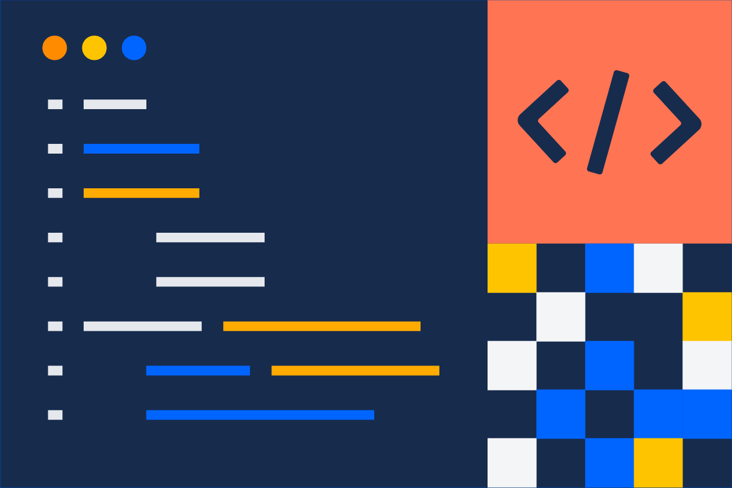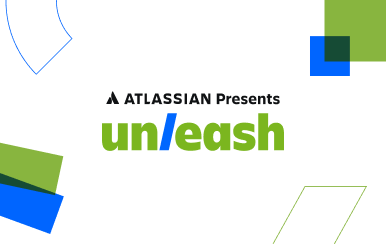What is containers as a service?
Learn what containers as a service are, when to use them, and how they enable faster application delivery.

Ian Buchanan
Principal Solutions Engineer
Containers as a service (CaaS) is a cloud-based service that allows software developers and IT departments to upload, organize, run, scale, and manage containers by using container-based virtualization.
A container is a package of software that includes all dependencies: code, runtime, configuration, and system libraries so that it can run on any host system. CaaS enables software teams to rapidly deploy and scale containerized applications to high availability cloud infrastructures. CaaS differs from platform as a service (PaaS) since it relies on the use of containers. PaaS is concerned with explicit ‘language stack’ deployments like Ruby on Rails, or Node.js, whereas CaaS can deploy multiple stacks per container.
What is CaaS?
CaaS is essentially automated hosting and deployment of containerized software packages. Without CaaS, software development teams need to deploy, manage, and monitor the underlying infrastructure that containers run on. This infrastructure is a collection of cloud machines and network routing systems that requires dedicated DevOps resources to oversee and manage.
CaaS enables development teams to think at the higher order container level instead of mucking around with lower infrastructure management. This brings development teams better clarity to the end product and allows for more agile development and higher value delivered to the customer.
CaaS versus PaaS
related material
Containers vs. virtual machines
SEE SOLUTION
Manage your components with Compass
PaaS is concerned with and limited to code stack level infrastructure. When using PaaS, a project has no control over the underlying operating system. Container runtimes offer configuration and virtualization of the operating system, allowing for advanced customization and control. Containers can be critical to the development of highly customized and specialized software. Yet for more generic and standard software, PaaS is often the best choice.
PaaS is a cloud hosting paradigm that focuses on application-level code deployment. PaaS providers offer automated hosted environments that focus on higher level application infrastructure dependencies like language runtimes and databases. The “Platform” in PaaS is usually associated with a code language ecosystem, or a “stack”. Some examples of popular PaaS “stacks” are Ruby on Rails, Node.js, .NET, and Java Spring MVC.
PaaS is typically better suited for monolithic application deployments, since it generally focuses on a single stack per deployment. CaaS can be a better fit for for microservices since each container deployed to the CaaS can have its own encapsulated operating system and language stack. PaaS still suffers from the “works on my machine” problem. There can be subtle differences between the development environment and the production environment of a PaaS system. A container system’s primary goal is to avoid and ensure consistent behavior across underlying deployment environments.
Other cloud services
IaaS
Infrastructure as a service (IaaS) is the foundation layer of cloud computing and enables teams to reserve and provision remote computational resources. All other cloud, “as a service” paradigms depend on IaaS. Using IaaS, developers can provision and request access to a cloud computer instance from their hosting provider. This cloud computer instance can then be remotely accessed and configured to install custom software on.
SaaS
Software as a service (SaaS) is a term for describing a business model class of hosted cloud product offerings. SaaS companies generally offer subscription- based billing models for access to hosted cloud software. This differs from traditional, unit- priced deliverable software business models. SaaS companies are built on other as a service infrastructure tools like PaaS and IaaS.
FaaS
Functions as a service (FaaS) is the forefront of cloud computing offerings and is also called “Serverless”. FaaS enables developers to directly upload code functions and execute them without configuring or managing any underlying system infrastructure or dependencies. This enables teams to focus directly on their relevant business domain concerns and forego distraction with infrastructure management.
Benefits of CaaS
Containers and CaaS make it much easier to deploy and compose distributed systems or microservice architectures. During development, a set of containers can manage different responsibilities or different code language ecosystems. The network protocol relationship between containers can be defined and committed for deployment to other environments. The promise of CaaS is that these defined and committed container architectures can be quickly deployed to cloud hosting.
To expand on this idea let’s explore an example. Imagine a hypothetical software system that is organized in a microservice architecture, where the services system are structured by business domain ownership. The domains of the services might be: payments, authentication, and shopping cart. Each one of these services has its own code base and are containerized. Using CaaS, these service containers can be instantly deployed to a live system.
Deploying containerized applications to a CaaS platform enables transparency into the performance of a system through tools like log aggregation and monitoring. CaaS also includes built in functionality for auto scaling and orchestration management. It enables teams to rapidly build high visibility and high availability distributed systems. In addition, CaaS increases team development velocity by enabling rapid deployments. Using containers insures a consistent deployment target while CaaS can lower engineering operating costs by reducing the DevOps resources needed to manage a deployment.
In summary...
CaaS is a powerful modern hosting paradigm that requires familiarity with containers to utilize. CaaS can be extremely beneficial to highly agile software development teams. It can be a great aide in establishing continuous deployment on a project. You need not look far for a good CaaS, since most modern cloud hosting providers offer CaaS solutions at competitive prices.
Share this article
Next Topic
Recommended reading
Bookmark these resources to learn about types of DevOps teams, or for ongoing updates about DevOps at Atlassian.

Compass community

Tutorial: Create a component


